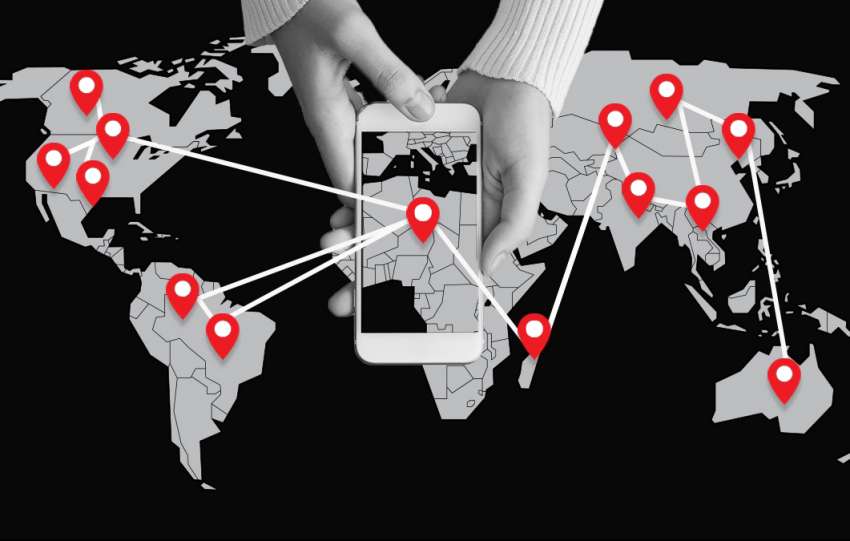Zoom Video Communications Inc. became accused by shareholders of hiding flaws in its video-conferencing app, part of a developing backlash against security loopholes that have been laid naked after an explosion in global uses.
During the coronavirus pandemic, it appears as if everybody is connecting with Zoom’s videoconferencing app — consisting of, on occasion, undesirable visitors.
Online trolls were sneaking into internet conferences and disrupting them with profanities and pornography for at least the better part of the last month. Cybersecurity researchers worry these disruptions may be a precursor to more harmful attacks permitting hackers to commandeer connected machines to access secure documents or other company software programs.
 In a complaint filed Tuesday in San Francisco federal court, the agency and its top officers were accused of concealing the reality approximately shortcomings in the app’s software encryption, which include its alleged vulnerability to hackers, in addition to the unauthorized disclosure of personal facts to third parties including Facebook Inc.
In a complaint filed Tuesday in San Francisco federal court, the agency and its top officers were accused of concealing the reality approximately shortcomings in the app’s software encryption, which include its alleged vulnerability to hackers, in addition to the unauthorized disclosure of personal facts to third parties including Facebook Inc.
Investor Michael Drieu, who filed the suit as a class action, claims a series of public revelations approximately the app’s deficiencies starting closing 12 months have dented Zoom’s stock price — even though the shares are still up 67% this year as investors wager that the teleconferencing company might be one of the uncommon winners from the coronavirus pandemic.
From Elon Musk’s SpaceX and Tesla Inc to New York City’s Department of Education, businesses around the arena have begun to ban the utilization of an app that’s risen during the coronavirus lockdown as a domestic for everything from virtual cocktail hours to cupboard conferences and study room learning. On Tuesday, Taiwan barred all authentic use of Zoom, becoming one of the first governments to do so.
Zoom Chief Executive Officer Eric Yuan has apologized for the lapses, acknowledging in a blog post remaining week the enterprise had fallen quick of expectancies over privacy and safety. Cybersecurity researchers warn that hackers can take advantage of vulnerabilities in the software to eavesdrop on conferences or commandeer machines to access secure documents. Weak encryption generation has given an upward push to the phenomenon of “Zoombombing”, wherein uninvited trolls benefit get right of entry to a video convention to bother the alternative contributors. Recordings of meetings have additionally proven up on public internet servers.
Researchers at the University of Toronto’s Citizen Lab wrote that the rapid uptake of teleconference platforms such as Zoom, without proper vetting, doubtlessly puts exchange secrets, nation secrets, and human rights defenders at hazard.
The company said it had mistakenly dispatched visitors through Chinese information centers because it turned into managing a “large increase” in demand. It stated it has stopped the use of that capability as a backup for non-Chinese customers.
Yuan has stated that Zoom is running on adding give up-to-stop encryption but that’s still months away. Many of the issues stem from the reality that the app turned into geared toward organization customers with their personal IT security teams; in preference to the broad patron app, it’s become. The range of day by day meeting individuals throughout Zoom’s paid and loose services has long gone from around 10 million at the end of last year to 200 million now, the agency stated. Most of these people are using their free service.
 Experts also advocate that meeting or classroom organizers take attendance and kick out undesirable visitors. Here are a few greater tips:
Experts also advocate that meeting or classroom organizers take attendance and kick out undesirable visitors. Here are a few greater tips:
Use the waiting-room feature to screen meeting individuals before allowing them to interact inside the assembly room. This can be accessed via clicking at the settings tab and then the In Meeting (Advanced) option.
Use conference IDs in place of links while inviting others to join. Links may be malicious and used to hack unsuspecting users.
Don’t repeat meeting IDs to preserve undesirable individuals out of conferences.
Apply scrutiny to links and documents, which can comprise malicious code.






